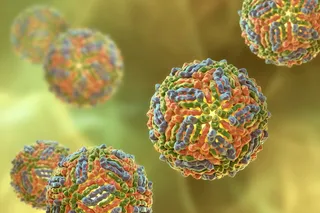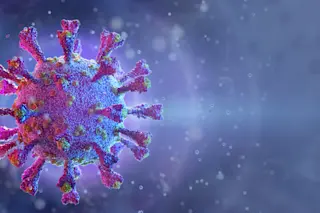This story originally appeared in the December issue of Discover magazine. Support our science journalism by becoming a subscriber.
For many, the COVID-19 pandemic has reduced life to a sliver of what it was — with a restless feeling that nothing can be done to reclaim it. But there is one last crucial step for us to take before we can return to our pre-coronavirus lives: Get a COVID-19 vaccine when it’s available.
“If we want a society where the economy is back and people can have weddings again with their relatives, we have to have substantial uptake [of a vaccine],” says Saad Omer, an infectious diseases epidemiologist and director of the Yale Institute for Global Health.
The goal is reaching herd immunity — community protection from a virus that’s accrued once a sufficient percentage of the population is immune. In the U.S., early data suggested we will likely need ...















